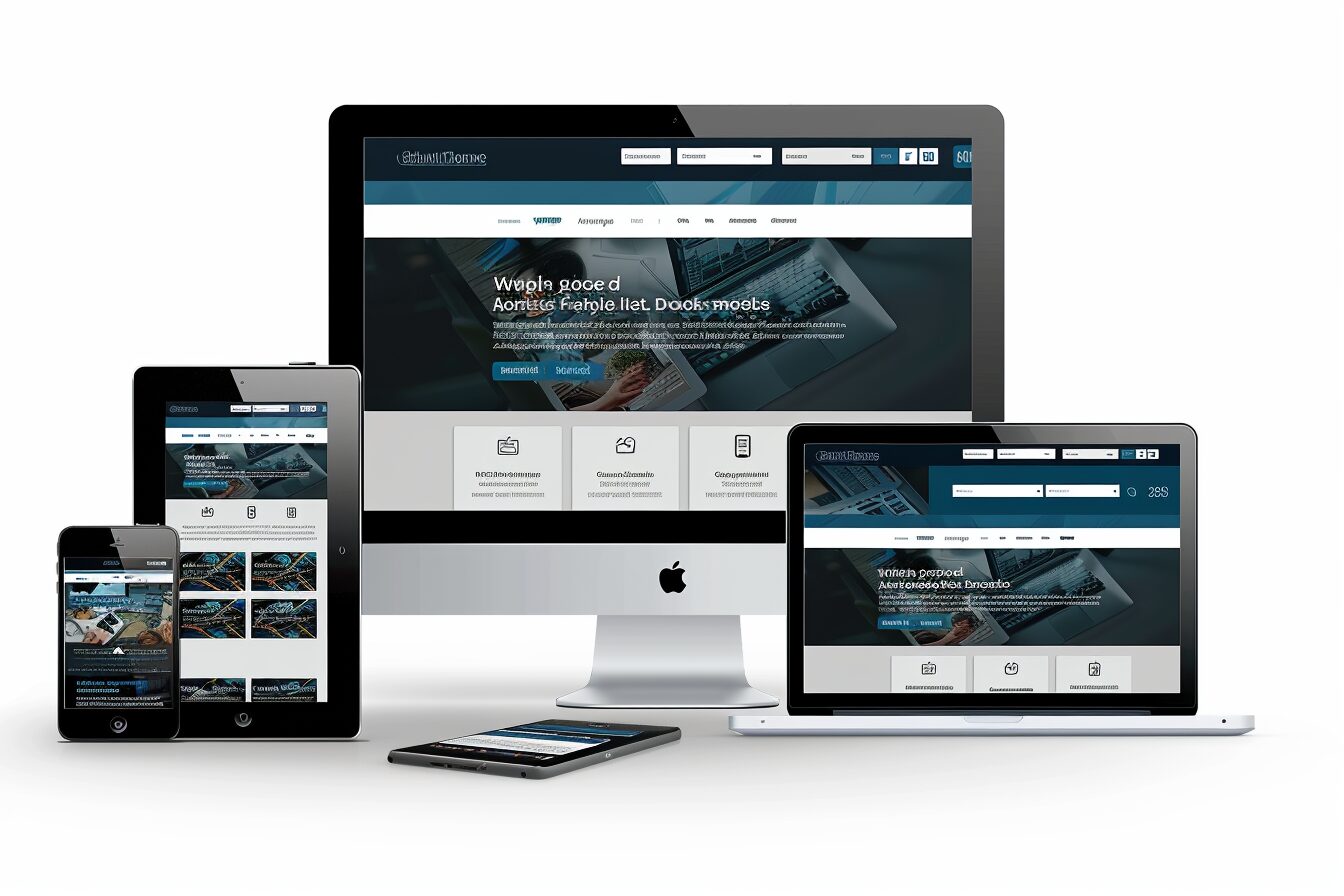Tenders are an essential part of the procurement process for governments, NGOs, and other institutions. They are also great business opportunities to get in front of potential clients and grow their website development business. Whether you’re a development and information architecture business trying to pitch for a client or to land a government contract, learning about web development tenders provides many benefits.
Unsolicited proposals are commonly known as “tenders” in government procurement. These pre-defined processes for procuring goods or services help reduce potential confusion about what is required from suppliers when contracting on an agency’s behalf.
Tenders are often submitted digitally, making it easier for businesses that offer web development services that sell digital products or online support services to respond quickly and effectively. It is also an excellent way to promote workforce development.
If you run your own business or work as a web developer, you may be interested in submitting a tender to one of these organisations. What is needed to know about the latest website development tenders will be covered if you want to create one for yourself or your new website client.
What Are Website Development Tenders?
A tender is an invitation for suppliers to submit offers for goods or services. Tenders usually allow selecting one or more suppliers based on detailed criteria.
A typical tender process involves an initial invitation to suppliers, the submission of offers, an analysis of these offers, the selection of a preferred supplier, the issuance of a contract, and the monitoring of the supplier’s compliance with the terms of the agreement.
Tenders can either be “open” or “restricted”. An open tender is open to all potential suppliers that meet the necessary criteria. A restricted tender goes out only to a select group of suppliers.
How to Write Successful Web Development Tenders

Successful website development tenders share a few common traits, including:
- A clear statement of what problem the client wants to solve
- A problem statement with a clear need for the product or services
- A detailed explanation of the desired outcome or result
- A well-researched marketplace to find the best supplier
- Clear instructions for how suppliers should submit their proposals
To craft a successful web design and development tender, you need to understand what problem you are trying to solve clearly. It helps if you also have a clear idea of the need for your product or web design and maintenance service.
Next, you need to thoroughly research the marketplace and determine who your target suppliers are. Then, you need to explain your purchase’s desired outcome or result. Finally, you need to provide clear instructions for how suppliers should submit their proposals.
What Are the Different Types of Tenders for Web Development Services?
There are several different types of tenders, each with its unique characteristics. The kind of tender you choose depends on your specific needs. Tenders can be either open or restricted or domestic or international.
Open tenders are open to all potential suppliers that meet the necessary criteria. Restricted or private tenders go out only to a select group of suppliers. Domestic tenders are for suppliers based in the host country or areas within the host country like South West, Central West, or New South Wales in Australia; international tenders are for suppliers from other countries.
A procurement-to-pay tender is an invitation from suppliers or contractors to be paid for an amount based on the procurement method used to enter into a contract with the government.
When a company wins a contract through an Invitation for Bid (IFB) with the award pending, it will submit a PTP tender that its project work can be paid for, even though the contract is pending.
A Request for Proposal (RFP) is an organisation’s invitation to receive written quotations or proposals from suppliers. An RFP is needed when an agency seeks information or ideas, but not necessarily a final product or service. An RFP is often a good choice when you need to gather information or insight but don’t necessarily have a specific need.
A Request for Tenders (RFQ) is an invitation from an organisation to receive written quotations or proposals regarding the supply of goods or services. An RFQ is needed when an agency has a specific need but is unsure which supplier would best meet its requirements.
An Invitation for Tenders (IFT) is an invitation from an organisation to receive written quotations. An IFT is when an agency has a specific need in mind and knows which suppliers would best meet their requirements.
An Invitation for Bid (IFB) is an invitation from an organisation to receive written bids from companies for their offer to supply goods or services.
A Request for Information (RFI) is an invitation from an organisation to receive written comments or information about a product, service, or program. An RFI is needed when an agency has a general need for information but is unsure of what information they need.
A Request for Proposal (RFP) is an organisation’s invitation to receive written quotations or proposals from suppliers. An RFP is needed when an agency seeks information or ideas, but not necessarily a final product or service. An RFP is often a good choice when you need to gather information or insight but don’t necessarily have a specific need.
Should You Submit a Tender?

If you are unsure which tender is best for your following services, you can use a few questions to help guide your decision. First, consider if your product or service is something an organisation might need regularly. If so, then a tender might be a good option for you.
Tenders are for procuring specific products or services used regularly. If this is something you need, a tender might be a good option.
Tenders often call for quick responses and faster procurement than other methods. Finally, consider if your product or service is something that an organisation might need immediately. If so, then a tender might be a good option. Tenders often call for quick responses and faster procurement than other methods.
When to Submit a Tender
An organisation generally releases tenders when it has an immediate or upcoming need for the product or service. Depending on their needs, organisations will often release a tender well before the actual need date to compare different suppliers, products, and other website development services teams. Doing so allows them to find the best possible option for their needs and get their contact details to ensure the best option.
How to Submit a Tender
When you are ready to submit a tender, you must follow the instructions provided by the releasing organisation. Often, tenders are taken care of through an online portal where you can register your interest and submit your proposal.
If a hard copy tender is submitted, always include all required documents and information outlined in the release document. Once you have submitted your tender, all you can do is wait to hear back from the organisation.
What Happens After You Submit a Tender
After submitting your tender, the organisation will review all submissions and choose the one that best meets their needs. The process of selection will take some time, so be patient.
If your tender bid is successful, you will be notified and asked to enter into a contract with the organisation. The offered contract will outline the terms and conditions of your agreement and should be reviewed carefully before signing.
If your tender is unsuccessful, the platform will still notify you. Unfortunately, keep in mind that there is no guarantee that you will receive feedback on why your proposal was not selected.
The bottom line is that submitting a tender is no guarantee of success. However, it is an opportunity to do business with an organisation that might not otherwise be accessible. With some preparation and research, you can increase your chances of success.











